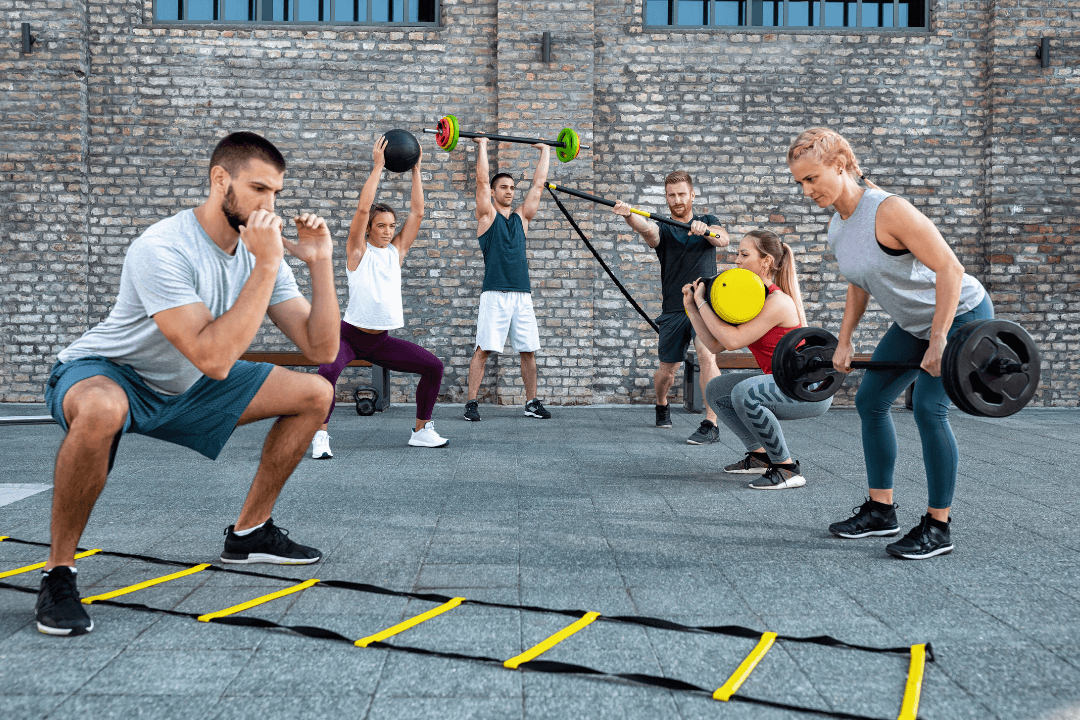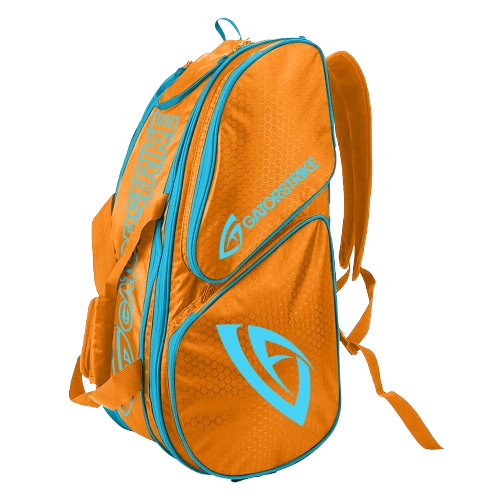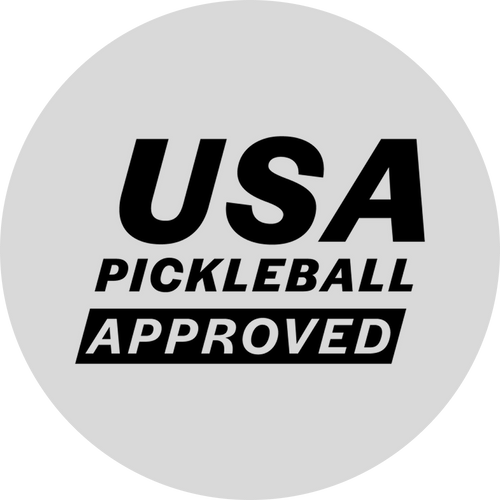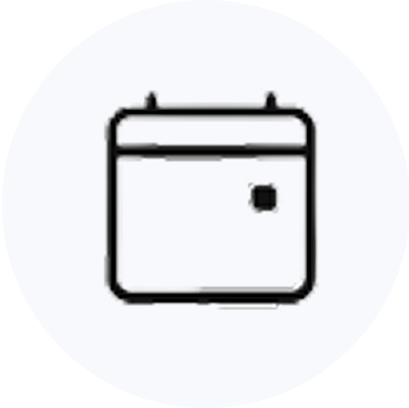
Strengthening Your Pickleball Game with Athletic Training
Share
Pickleball is more than just skill and strategy—athletic training can be the missing link to elevate your performance on the court. A well-rounded training regimen improves not only your stamina and agility but also your mental game, giving you an edge in those intense rallies.
Agility and Footwork
Speed is crucial in pickleball, especially when navigating the kitchen or chasing down a lob. Drills that enhance lateral movement, such as cone drills or ladder exercises, are essential. By improving agility, you can move with greater precision and respond faster to your opponent’s shots.
Strength training also complements agility by building the muscle needed to drive quick, explosive movements. Exercises like lunges, squats, and plyometric jumps increase lower-body strength, allowing for faster sprints and stronger stances at the net.
Core Strength and Balance
A strong core provides the foundation for stability and control, both of which are critical in pickleball. Core exercises like planks, Russian twists, and medicine ball slams target the muscles that support your body during quick turns and reach for difficult shots. With a solid core, you’ll find it easier to maintain balance, especially when caught off-guard by a fast-paced rally.
Balance training, such as using a balance board or single-leg exercises, can further enhance stability. This is especially beneficial when performing tricky movements like dinks or drops, where you need control over every inch of your body’s positioning.
Cardiovascular Endurance
Pickleball matches can be physically demanding, especially during long rallies. Cardiovascular endurance is key to sustaining your energy throughout these matches. Incorporate interval training, running, or cycling into your routine to boost your stamina. High-intensity interval training (HIIT) can be particularly effective in mimicking the bursts of speed required in pickleball.
Arm and Shoulder Conditioning
The repetitive motion of swinging a paddle can lead to arm fatigue if the muscles aren’t properly conditioned. Strengthen your shoulders, arms, and wrists with exercises like shoulder presses, resistance band work, and wrist curls. Building these muscles will help maintain your shot accuracy and power, even in the later stages of a match.
Flexibility and Mobility
Flexibility is often overlooked in athletic training, but it’s crucial for maintaining a full range of motion and preventing injury. Stretching routines, including dynamic stretches before play and static stretches afterward, keep your muscles supple and ready for action. Yoga or Pilates can also improve both flexibility and body awareness, adding an extra layer of control to your movements.
Mental Fortitude
Athletic training isn’t just physical; it also helps cultivate mental resilience. As you push through tough workouts or perfect a challenging drill, you build mental toughness that translates onto the pickleball court. This improved focus and determination can make the difference between winning or losing in high-pressure moments.
Recovery and Injury Prevention
No athletic training routine is complete without a focus on recovery. Adequate rest, hydration, and nutrition are key to maintaining peak performance. Incorporating foam rolling, massage, or light stretching helps to ease muscle tension and prevent injury. Remember, a well-rested body is a powerful one.
Conclusion
Strengthening your pickleball game with athletic training is a game-changer. By developing agility, core strength, cardiovascular endurance, and mental toughness, you can not only play smarter but with more stamina and power. Whether you’re on the baseline or battling at the net, athletic training will provide the foundation you need to dominate on the court. So, lace up those trainers, grab a paddle, and prepare to take your game to the next level!

















